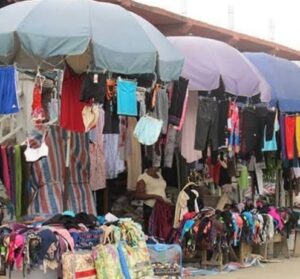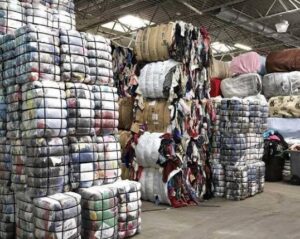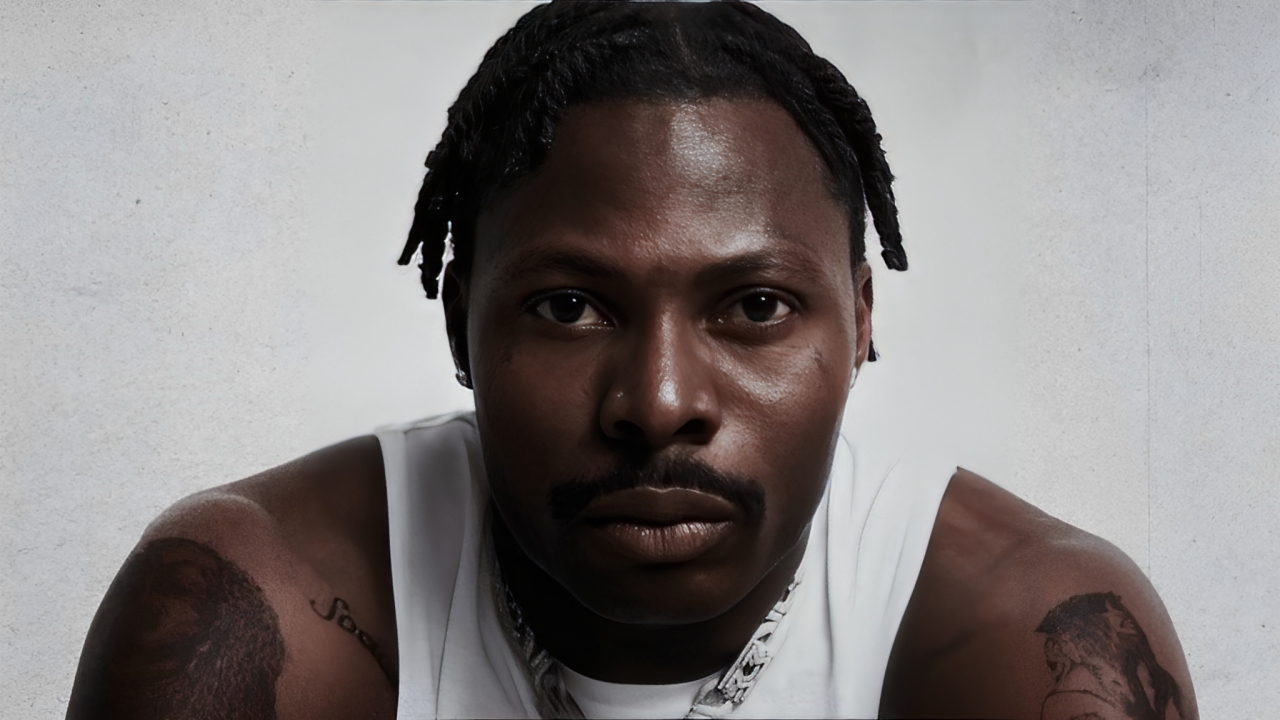How Economic Hardships will Lead Parents to Opt for Secondhand Clothes This Christmas
How Economic Hardships will Lead Parents to Opt for Secondhand Clothes This Christmas

For many years, Christmas has been a time when children from average households eagerly anticipate receiving new clothes—often ready-made garments—that set them apart from less fortunate peers. However, this tradition is quickly fading due to the harsh economic realities many families face today.

The divide between the rich and the rest has blurred, as the current financial struggles have put a strain on household budgets. With many families barely able to afford basic needs such as food, rent, healthcare, and school fees, purchasing expensive Christmas clothes has become a luxury few can afford.
In response, many parents are now turning to secondhand clothes, known locally as okirika or bend-down-select. These clothes are a more affordable alternative, often providing a way to maintain some semblance of celebration without overspending.
Mrs. Anyanwu Bridget, a teacher and mother of four, explained how she has had to change her approach to Christmas shopping this year. “The price of even the cheapest ready-made dress is now around N30,000, compared to N5,000 or N7,000 before,” she shared. “For my three daughters, that would cost me at least N90,000—enough to pay for two children’s school fees for a term. And that’s without factoring in shoes. So, I’ve decided to buy six yards of beautiful ankara fabric and take it to a skilled tailor. They’ll use their old shoes to match. With just N20,000, I can make it work for the holidays.”
Mrs. Agbogun Olaide, another mother, has also adapted her shopping habits. She turned to the okirika market to find affordable clothes for her two boys. “The way prices are now, anyone still buying expensive ready-made clothes is either wealthy or not feeling the pinch,” she said. “Last year, I bought new clothes for them, but this year, I had to adjust my expectations. I bought first-grade secondhand shirts for N3,000 each and trousers for N5,000. Their shoes were N8,000 each. Altogether, I spent N32,000, but it could have been much worse. If I had bought new clothes, it would have cost me around N100,000.”
This shift in spending habits is a stark contrast to the past, when parents typically bought two sets of new clothes for their children—one for Christmas Day and the other for New Year’s Day. However, the ongoing increase in the cost of goods and services has made this tradition increasingly difficult to maintain.
At the local markets, the impact of these changes is evident. Many children’s clothing vendors are reporting a significant drop in sales. Mrs. Sherifatu Hamzat, a trader specializing in children’s clothes, lamented, “This year has been one of the worst. There’s barely any demand for ready-made children’s clothes. Parents come, check the prices, and walk away, frustrated by how expensive everything is. It’s not our fault; it’s the foreign exchange rate that has driven up import costs. Normally, by this time, the market is bustling with parents buying clothes for their kids. We can only hope that things improve as Christmas gets closer.”
TRENDING SONGS
 Wedding Called Off: How Lady Cancels Wedding After Finding Out Finance’s Affairs With Her Bestie
Wedding Called Off: How Lady Cancels Wedding After Finding Out Finance’s Affairs With Her Bestie
 Heartbreak in Ikeja: Lady Weeps After Fufu Found in New Phone Package
Heartbreak in Ikeja: Lady Weeps After Fufu Found in New Phone Package
 Twist of Fate: Man Who Questioned Phyna’s ₦1Billion Demand Mourns Brother in Dangote Truck Crash
Twist of Fate: Man Who Questioned Phyna’s ₦1Billion Demand Mourns Brother in Dangote Truck Crash
 Tragedy in Enugu: Dangote Truck Claims Lives of Family of Five
Tragedy in Enugu: Dangote Truck Claims Lives of Family of Five
 Bangkok Crackdown: Nigerian-Thai Couple in Police Net Over Drug Trafficking
Bangkok Crackdown: Nigerian-Thai Couple in Police Net Over Drug Trafficking
 Family Rift: Reno Omokri’s Ex-Wife Says He Deserted Their Special Needs Son
Family Rift: Reno Omokri’s Ex-Wife Says He Deserted Their Special Needs Son
 The Man Who Sent Money for Two Decades, Only to Return to an Empty Shell
The Man Who Sent Money for Two Decades, Only to Return to an Empty Shell
 See how a young lady was beaten in a village and naked for stealing a goat
See how a young lady was beaten in a village and naked for stealing a goat
 See How Man That Plans to Divorce His Wife, Gets Shocked When She Leaves Him First With Their 5 Kids
See How Man That Plans to Divorce His Wife, Gets Shocked When She Leaves Him First With Their 5 Kids
 Tragic Land Dispute: Man Kills Father in Imo, Pastor Arrested for Rape
Tragic Land Dispute: Man Kills Father in Imo, Pastor Arrested for Rape
Share this post with your friends on ![]()













